Are you confused about Cat6 and Cat6A cables? Choosing the right one can feel tricky.
Cat6A cables are an improved version of Cat6, giving you double the bandwidth at 500 MHz, compared to Cat6’s 250 MHz. This lets Cat6A support 10 Gbps speeds up to 100 meters, but Cat6 can only do this up to about 55 meters.
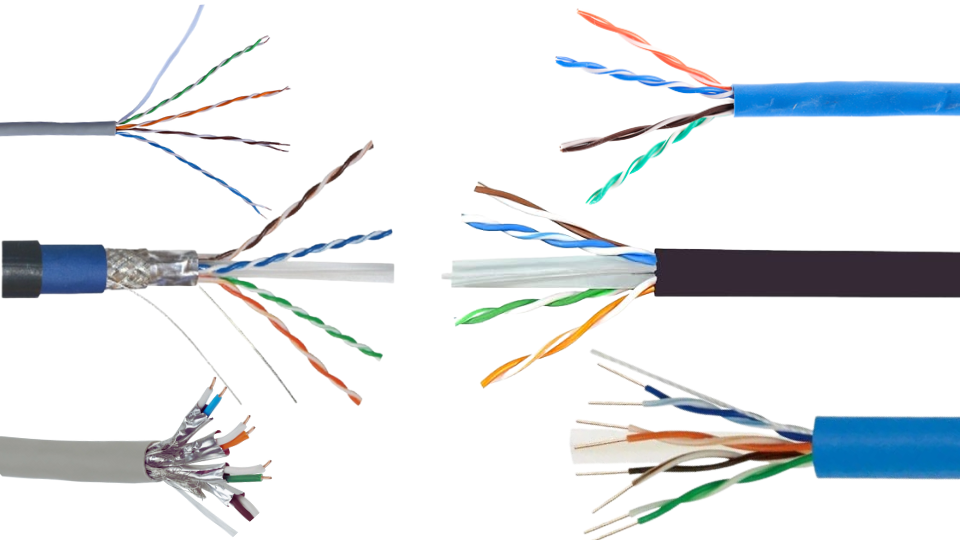
Picking the right cable is important but doesn’t need to be hard. Keep reading to find out what makes each cable special and which one works best for you.
What’s a CAT 6 cable and its uses?
Having trouble understanding what Cat6 cables do? It is normal to feel lost with all the tech terms.
A CAT6 cable is a type of Ethernet cable used to connect devices in a network. It supports data transfer speeds up to 10 Gbps, but only over shorter distances, usually up to 55 meters. It is commonly used in homes and offices for internet access, connecting computers, and setting up local networks.
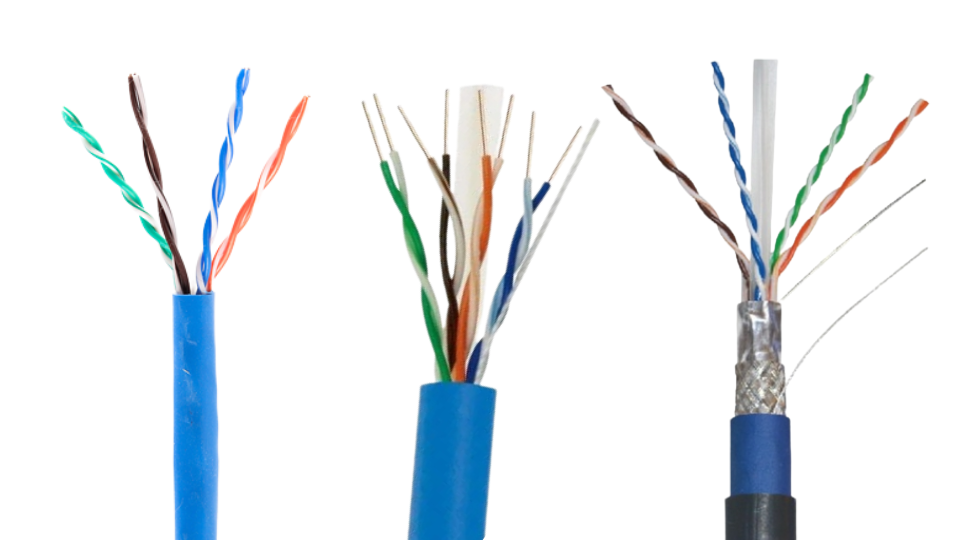
Dive Deeper
Cat6[1] cables have become a popular choice for many network setup[2] setups. They replaced older standards like Cat5e because they offer better performance[3]. But what makes them so useful?
First, consider the speed. Cat6 can handle up to 10 Gbps[4], which is great for most home and office tasks. Think about streaming videos, transferring files, and online gaming. Cat6 handles these activities well, but the distance matters. To get the full 10 Gbps, you need to keep the cable length under 55 meters. If you go longer, the speed drops.
Also, Cat6 cables reduce crosstalk. crosstalk[5] is when signals from one cable interfere with signals in another cable. This can slow down your network. Cat6 cables have better shielding[6] to prevent this. This means more stable and reliable connections.
| Feature | Cat6 |
|---|---|
| Max Speed | 10 Gbps (up to 55 meters) |
| Bandwidth | 250 MHz |
| Shielding | Improved to reduce crosstalk |
| Common Uses | Home networks, small office setups |
What is the difference between CAT6 and CAT6E cable?
Are you here because you are confused about the difference between CAT6 and CAT6E cables? Many people get these two mixed up.
There is no official "CAT6E" cable standard recognized by the Telecommunications Industry Association (TIA). The term "CAT6E" is sometimes used by manufacturers to describe enhanced CAT6 cables that offer slightly better performance. However, these are not certified or standardized, so their performance can vary.
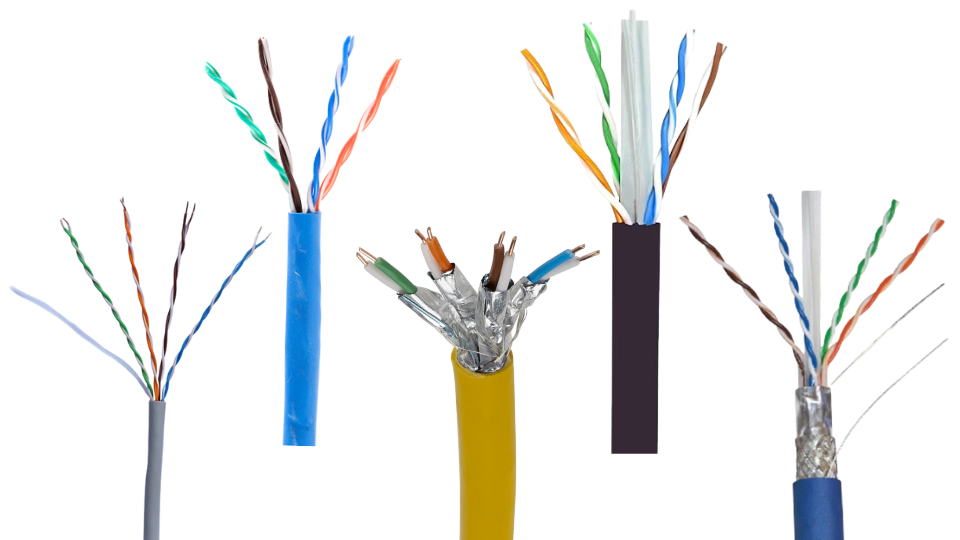
Dive Deeper
The term "CAT6E[7]" can be misleading because it suggests a formal upgrade to the CAT6 standard, but that’s not the case. When I first heard about CAT6E, I also thought it was a new, official type of cable. I spent time trying to find the official specs, but there weren’t any!
In reality, manufacturers use "CAT6E" to market their improved CAT6 cables. These cables might have better shielding. Or they might use higher-quality materials. These improvements can reduce interference and improve data transmission[8]. The key thing is that there are no standard tests or certifications for CAT6E.
Think of it like buying a product that claims to be "better" without showing any proof. You have to trust the manufacturer’s word. This does not mean that all "CAT6E" cables are bad. Some may perform very well. But, it’s important to be aware of the lack of standardization. If you need guaranteed performance, stick with certified CAT6 or CAT6A cables. These have been tested to meet specific standards.
| Feature | CAT6 | "CAT6E" (Unofficial) |
|---|---|---|
| Official Standard | Yes | No |
| TIA Certification | Required | Not required |
| Performance | Defined by TIA | Varies by manufacturer |
| Reliability | Consistent | Can be inconsistent |
Is Cat6A faster than Cat6?
Want to know if Cat6A is really faster than Cat6? Let’s get straight to the point.
Yes, Cat6A is faster than Cat6. Cat6A offers double the bandwidth (500 MHz) compared to Cat6 (250 MHz). This higher bandwidth allows Cat6A to support 10 Gigabit Ethernet (10 Gbps) over the full 100-meter distance. Cat6 can also support 10 Gbps, but only up to 55 meters.
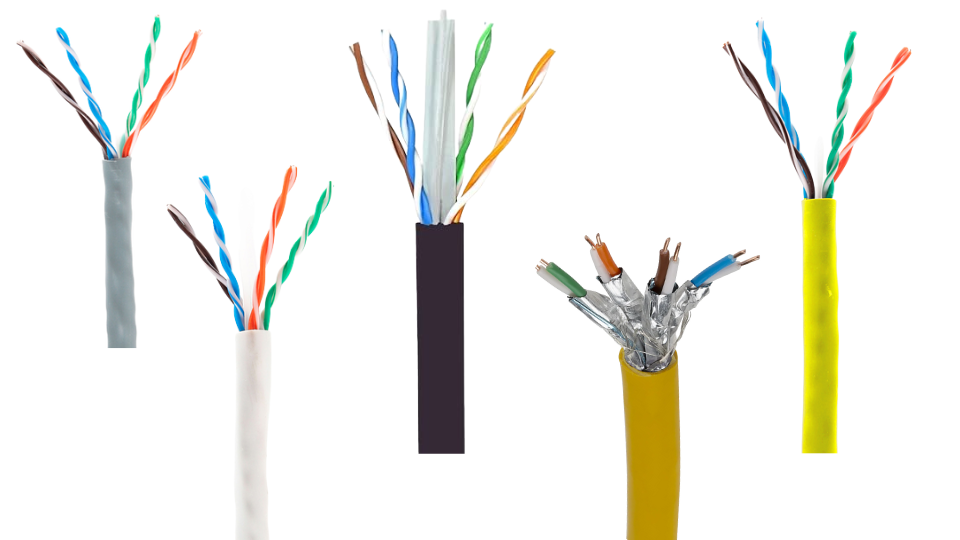
Dive Deeper
When choosing between Cat6 and Cat6A[9], speed is a key factor, but you need to consider the whole picture. Cat6A’s ability to maintain 10 Gbps over 100 meters makes it a future-proof[10] choice.
Imagine you are setting up a new office network. You want to make sure it can handle increasing data demands. Cat6A ensures that every corner of the office can get reliable 10 Gbps speeds. With Cat6, you’d have to be very careful about cable lengths. You would also need to make sure that devices needing the fastest speeds are close to the switch.
Moreover, Cat6A cables typically have better shielding. This reduces interference from other devices and cables. This enhanced shielding leads to more consistent performance, particularly in environments with many electronic devices. Think of a busy data center or an office with lots of wireless equipment.
| Feature | Cat6 | Cat6A |
|---|---|---|
| Bandwidth | 250 MHz | 500 MHz |
| 10 Gbps Support | Up to 55 meters | Up to 100 meters |
| Shielding | Good | Better |
| Best For | Shorter distances, lower demands | Longer distances, higher demands |
Is it worth to use a CAT6A cable over a CAT6 nowadays?
Wondering if upgrading to Cat6A is a smart move? Let’s explore if it’s worth the investment.
Whether it’s worth using CAT6A over CAT6 depends on your needs and budget. If you need 10 Gbps speeds over distances longer than 55 meters, or if you want to future-proof your network for higher bandwidth demands, then CAT6A is worth it. But, for basic home networks with shorter cable runs, CAT6 is often sufficient.
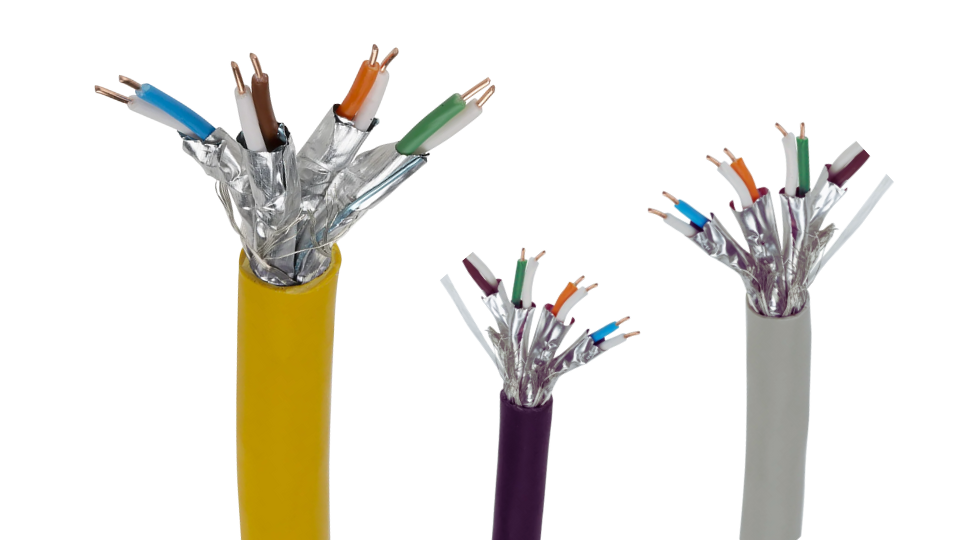
Dive Deeper
Deciding between Cat6 and Cat6A is like deciding between a regular car and a sports car. Both will get you from point A to point B, but one offers more power and features. For me, I’ve always looked at it from a long-term perspective.
If you are setting up a new network, think about what your needs might be in the next few years. Will you be adding more devices? Will you be using more bandwidth-intensive applications? If so, Cat6A could save you the trouble of upgrading later. It’s like installing a bigger pipe for water – you might not need it now, but it’s there if you do.
Also, consider the cost. Cat6A cables are generally more expensive than Cat6. They are also thicker and less flexible, which can make them harder to install. If you are on a tight budget or working in a small space, Cat6 might be the better choice. But, if you value performance and future-proofing, Cat6A is a solid investment.
| Feature | CAT6 | CAT6A |
|---|---|---|
| Speed | 10 Gbps (up to 55 meters) | 10 Gbps (up to 100 meters) |
| Cost | Lower | Higher |
| Flexibility | More flexible | Less flexible |
| Future-Proofing | Less future-proof | More future-proof |
Conclusion
Choosing between Cat6 and Cat6A depends on your current and future network needs, balancing cost, performance, and ease of installation.
